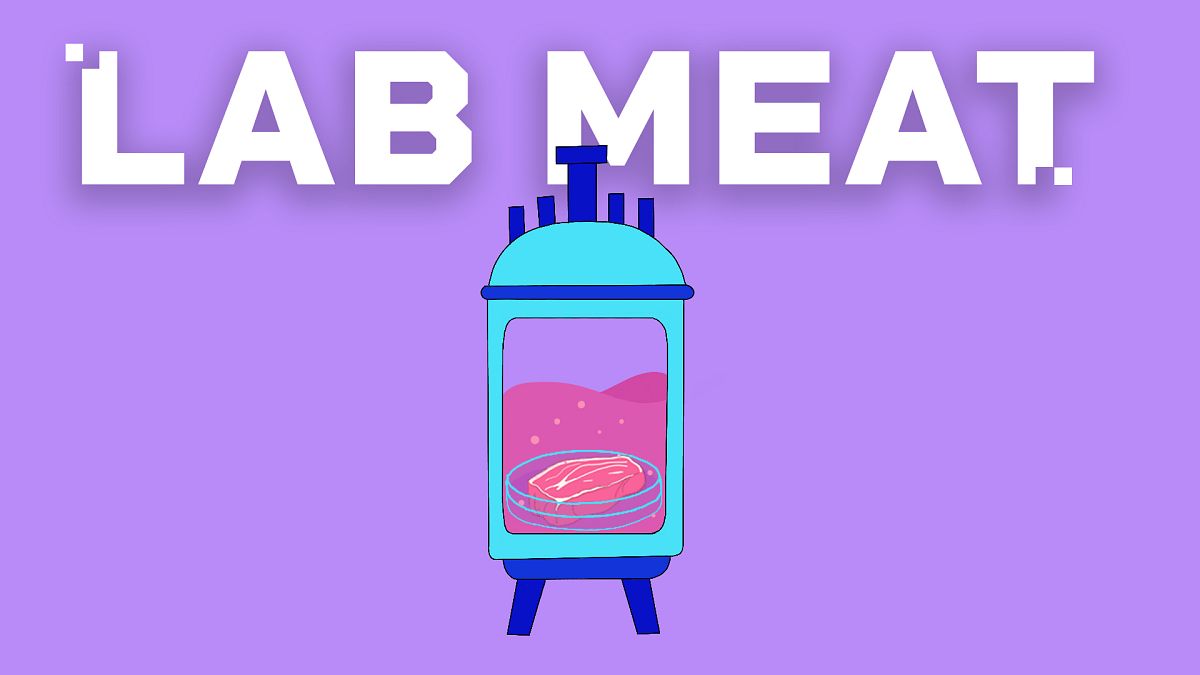Teachers are hailing artificial intelligence as a massive time-saver that could revolutionise their work.
They are using AI to create lessons, mark students’ work, and individualise their teaching in ways that were not previously possible.
But educators warned RNZ that sort of innovation was rare in New Zealand schools, and the country risked being left behind without more support and clearer guidance.
Meanwhile, the Education Ministry said AI literacy was essential for students.
At Saint Mary’s College in Wellington, Year 13 student Marianna Boless told RNZ she and her classmates often used AI to kickstart ideas for their schoolwork.
“Whenever I find myself stuck on an assignment and I really can’t get my brain to think of what to write or where to start I just put in a prompt and spark some ideas,” she said.
She said many of her classmates did the same, but it was clear where the boundaries lay.
“Not using your own work and using all AI comes with consequences so it’s really not worth it in the end. Using it to get some ideas, 100%, but using it completely – no,” she said.
School head of science Jean Clarke said she encouraged students to use AI responsibly.
“I’m a big fan of the students using it to help them, but using it help them to learn and not just to get it done really quickly and just put the answer in, not check it and not know what they’ve done,” she said.
Clarke said she used AI herself, going so far as developing an AI system with her husband for students to practice answering NCEA questions with near instant feedback.
“The student can do an actual type of NCEA assessment. They can write down their answer, have a good think about how they did, and then it will give them their grade based on the rubrics that are already loaded and then sort of direct them into how they can do better or what it is that they need to do,” she said.
Clarke said the system meant students no longer had to wait for her to mark their work over the weekend.
Onslow College deputy principal Michael Bangma said at its most basic, AI was a better form of internet search engine for students and teachers alike.
But its potential was much greater and he used AI to create units of work tailored to the interests of individual students.
“I’ve been able to build new units of work on different contexts very quickly that I had very little prior knowledge around because I can use it to curate and research so quickly,” he said.
“Instead of having the whole class learning the same thing, one student could be learning about satellites in space, then another student could be learning about solar panels on a roof, and I can easily make resources that work for both of them… in the past workload-wise that just wouldn’t have been possible.”
Rototuna Senior High School teacher Benny Pan said the biggest problem with AI was that teachers could not keep up with its rapid development.
He said he used AI to help assess students and had developed a system that monitored students’ presentations, including the equations they drew on a whiteboard.
Pan said his dream was to develop an AI coach for teachers.
“Having a 24/7 coach for teachers in all walks of life would be amazing,” he said.
“A coach would be able to generate high-quality, pre-approved assessment ready to go and also would be able to help you to structure feedback for individual students straight away. It’s not impossible, it just needs someone to build it.”
Westlake Girls High School teacher Susana Tomaz was a fellow with Unesco’s International Research Centre on Artificial Intelligence and had taken a year off to study AI in schools.
She said New Zealand was behind and needed to catch up fast.
“Some countries like South Korea are even introducing digital books which are chatbots that focus on the content knowledge to free up the teachers to build positive relationships and focus more on the skills development in the students and have a bit more one-to-one with the students in the classroom,” she said.
Tomaz said she was worried the digital divide, which left children from poor neighbourhoods with less exposure to IT than those in richer neighbourhoods, would become an AI divide.
She said a lack of specific guidelines for schools was not helping.
“You’ve got some schools that have early adopters, really proactive and experimenting, and other schools where they’re just banning AI because they don’t really have the understanding of how they can be implementing it safely,” she said.
Education Ministry curriculum centre hautū Ellen MacGregor-Reid said AI literacy was essential for students because in future AI would be integral to many industries.
She said schools that used AI should do so to enhance teaching and learning and help teachers.
“With the human-in-the-loop, AI and Gen AI have significant potential to support the acceleration of learning, formative assessment and feedback, data analysis and monitoring of student progress, and even credentialling, as well as support teachers with administrative tasks. However, human teachers must remain central in forming educative relationships with students,” she said.
As well as guidance for schools, the ministry recently published a resource in English and te reo Māori to support teaching and learning about the technology behind artificial intelligence and was working on a new Technology curriculum which would be available from the start of next year and include a section on AI.
MacGregor-Reid said the AI Forum had developed a blueprint for AI in education which set goals including establishing a community to share best practice for AI in education, educating teachers, and establishing a national taskforce to develop strategic plans and policies.
rnz.co.nz













